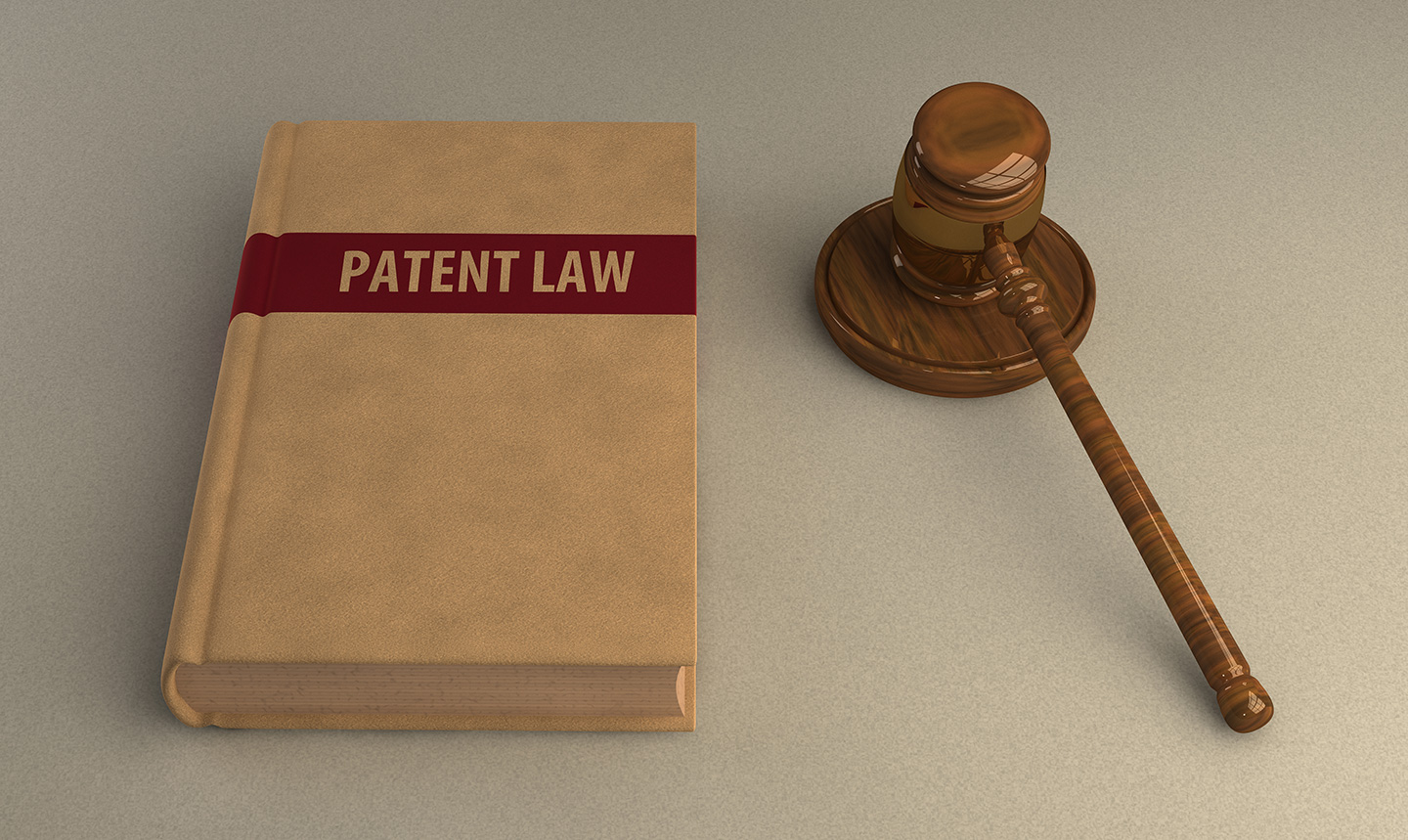
Guidelines for Protecting Patentable Inventions
A patent for an invention is the grant of a property right to the inventor, issued by the U.S. Patent and Trademark Office or another country’s analogous authority. The term of a new patent in the United States is 20 years from the date on which the application for the patent was filed or, in special cases, from the date an earlier related application was filed, subject to the payment of maintenance fees. Patent grants are effective only within the country or countries granting the patent.
Under U.S. law, the right conferred by the patent grant is, in the language of the statute and of the grant itself, “the right to exclude others from making, using, offering for sale, or selling” the invention in the United States or “importing” the invention into the United States. A patent does not grant the right to make, use, offer for sale, sell or import, but instead the right to exclude others from making, using, offering for sale, selling or importing the invention. The same is true in most other countries as well.
Patent Notice: A patent owner provides public notice of its patent ownership by marking products embodying the invention with the appropriate patent numbers. Failure to mark the product – or, where that is impossible, the product packaging – may preclude the owner from collecting damages from infringers during the time that the product was distributed without patent markings. In the United States, a proper patent marking includes the words “U.S. Patent No. _________.” If a patent application is on file with the U.S. Patent and Trademark Office but not yet issued, it is appropriate to mark related products or packaging with the term “patent pending.” The same convention should be followed for written materials (e.g., directions for use) packaged with products that embody patented inventions.
In other countries, it is also good practice to mark the patented product with the patent number; merely marking the product with the word “patented” is insufficient marking. Care must be taken, since it is illegal in many countries to mark a product as “patented” when it is not. Contact an attorney for advice on specific patent marking requirements. The law is always changing in the area of patent marking, and the application of the law is quite specific to the patent claims and to the product involved. Contact counsel before manufacturing, using, or marketing the patented product.
